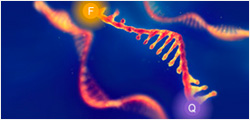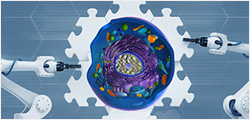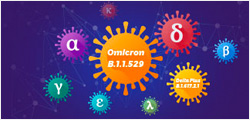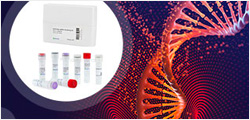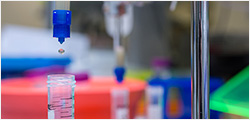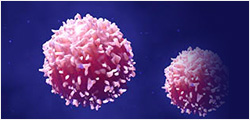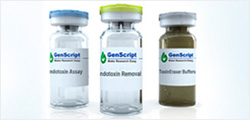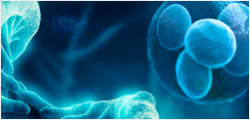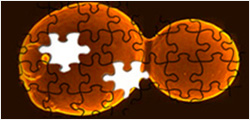
The purity of IL-31, His, Canine is greater than 95% as determined by SEC-HPLC.

IL-31, His, Canine on Bis-Tris PAGE under reduced condition. The purity is greater than 95%.
IL-31, His, Canine
Many autoimmune skin diseases, such as bullous pemphigoid (BP), psoriasis and certain types of chronic urticaria, are associated with intensive pruritus. While histamine and neuropeptides have previously been ascribed to play a role in itch that accompanies these diseases, recent evidence suggests that the pruritogenic cytokine interleukin (IL)-31 is a major driver of pruritic responses. IL-31 was originally shown to be produced by activated helper T cells, particularly Th2 cells, mast cells, macrophages and dendritic cells.
| Z04705 | |
|
|
|
| ¥72,752.00 | |
|
|
|
|
|
|
| Ask us a question | |






